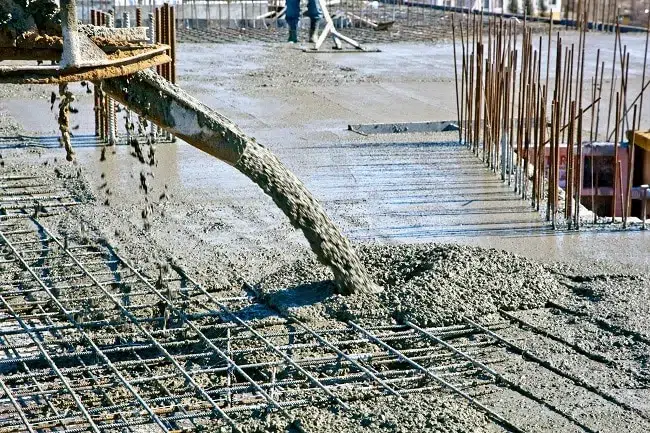Concrete is a widely used building material due to its strength, durability, and versatility. There are several types of concrete systems, each with unique properties and practical applications. In this article, we will discuss five common types of concrete systems and their practical applications.
Ready-Mix Concrete
Ready-mix concrete is a type of concrete that is produced in a batching plant and delivered to the construction site in a ready-to-use form. It is made by mixing cement, water, aggregates, and admixtures in a controlled environment to achieve the desired strength and consistency. Ready-mix concrete is commonly used for large-scale construction projects, such as bridges, high-rise buildings, and infrastructure projects. Its practical applications also include precast concrete elements, such as walls, floors, and beams.
Self-Compacting Concrete
Self-compacting concrete (SCC) is a type of concrete that is designed to flow into place without the need for vibration or compaction. It is made by adding admixtures to the concrete mix, which allows it to flow more freely. SCC is commonly used for complex structures with intricate shapes, such as architectural concrete elements, precast concrete, and concrete repair work. Its practical applications also include the construction of foundations, columns, and beams.
High-Performance Concrete
High-performance concrete (HPC) is a type of concrete that is designed to meet specific performance requirements, such as high strength, durability, and resistance to environmental factors. It is made by using a combination of high-quality materials, including cement, aggregates, and admixtures, to achieve the desired properties. HPC is commonly used in the construction of infrastructure projects, such as bridges, tunnels, and high-rise buildings. Its practical applications also include precast concrete elements, such as facades, cladding panels, and roof tiles.
Fiber-Reinforced Concrete
Fiber-reinforced concrete (FRC) is a type of concrete that is reinforced with fibers, such as steel, glass, or synthetic fibers. The fibers are added to the concrete mix to improve its strength, durability, and resistance to cracking. FRC is commonly used in the construction of industrial floors, bridge decks, and pavements. Its practical applications also include precast concrete elements, such as pipes, tanks, and manholes.
Lightweight Concrete
Lightweight concrete (LWC) is a type of concrete that is made by using lightweight aggregates, such as expanded clay, shale, or slate. It is commonly used in applications where the weight of the concrete is a concern. Such as in the construction of high-rise buildings, bridges, and precast elements. LWC is also used for insulation purposes on walls, roofs, and floors.
In conclusion, there are several types of concrete systems, each with its unique properties and practical applications. Ready-mix concrete is commonly used for large-scale construction projects while self-compacting concrete is used for complex structures with intricate shapes. High-performance concrete is used in the construction of infrastructure projects. While fiber-reinforced concrete is used for industrial floors, bridge decks, and pavements. Lightweight concrete is used in applications where the weight of the concrete is a concern. Understanding the different types of concrete systems and their practical applications can help contractors and engineers choose the right type of concrete for their construction projects, ensuring their success and longevity.

